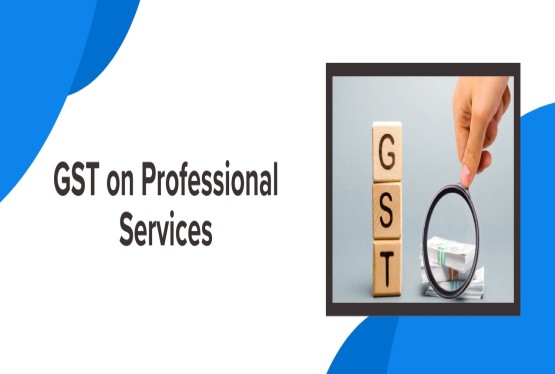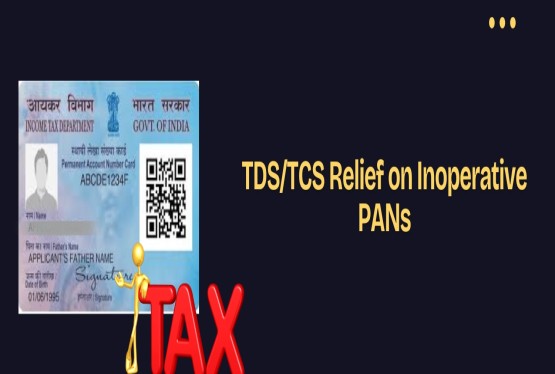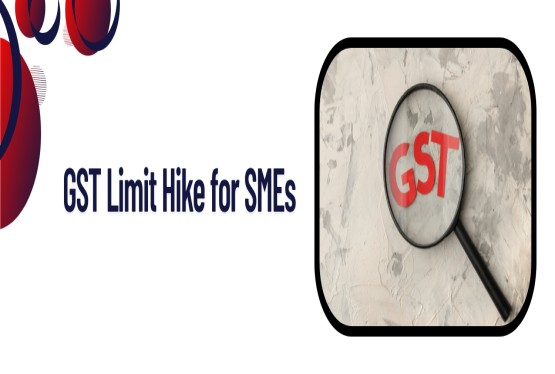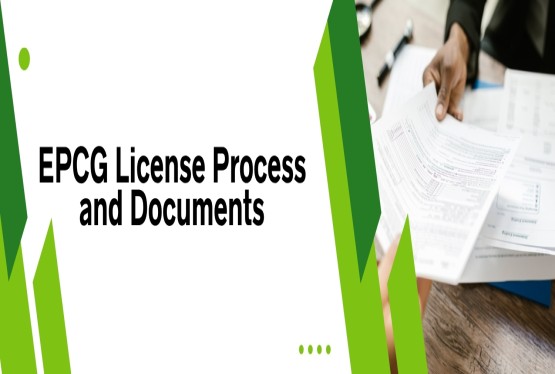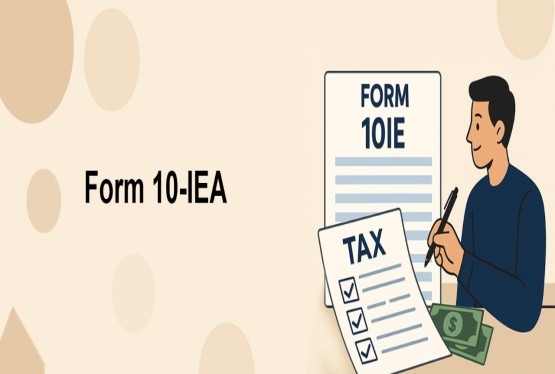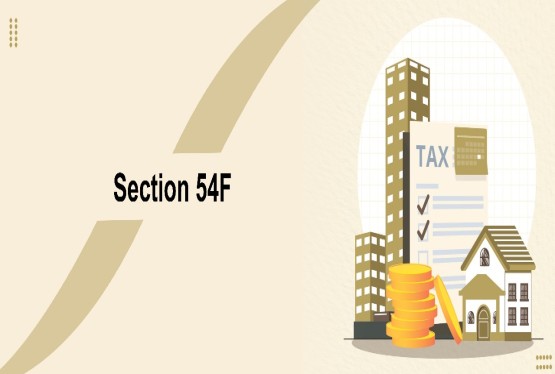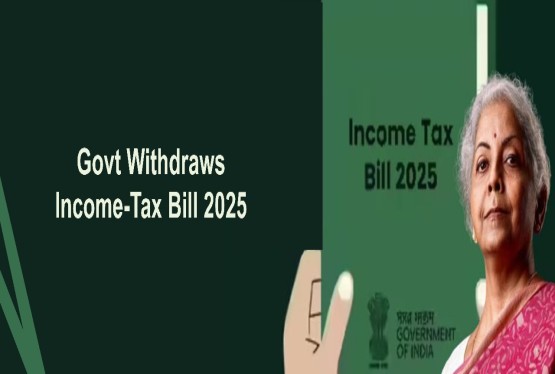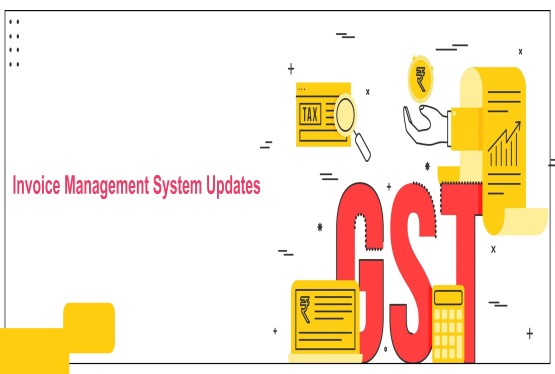Introduced in 2017, India’s Goods and Services Tax (GST) is a unified tax system designed to consolidate multiple indirect taxes, such as Value-Added Tax (VAT) and excise duty, into a single tax on the supply of goods and services. Customs duties, however, remain outside its scope. The GST aligns with the Indian government’s Make in India initiative, which aims to boost both the quality and quantity of exports. Various tax incentives are offered to exporters under this regime to enhance their global competitiveness.
The Goods and Services Tax (GST) is a transaction-based indirect taxation system in India that applies to the supply of goods and services. It consists of three primary components:
1. Central Goods and Services Tax (CGST)
2. State Goods and Services Tax (SGST)
3. Integrated Goods and Services Tax (IGST)
The GST rates vary between 5% and 28%, depending on the nature of goods and services supplied.
Zero-Rated Supplies under GST
Exports, including supplies to Special Economic Zones (SEZs) and their developers, are classified as zero-rated under GST. This classification ensures that no GST is charged on exported goods or services. Additionally, exporters can claim an Input Tax Credit (ITC) for taxes paid on inputs used to produce exported goods or services.
Steps for Exporting Goods and Services under GST
1. GST Registration: Obtain a valid GST Registration via the official GST portal.
2. Shipping Bill Application: File an application for a shipping bill with Customs.
3. Declaration in GST Returns: Declare export details by filing the GSTR-1 form.
4. Payment and Refund of IGST: Pay the Integrated GST (IGST) on exported goods or services and claim a refund by filing either the RFD-01 or GSTR-3B form.
5. E-Way Bill: Generate an E-way bill for goods being exported, including details such as quantity, value, and destination.
Features of the Export Scheme under GST
Exporters can choose between two options for tax treatment:
1. Payment of IGST: Export goods or services with IGST payment and later claim a tax refund after export.
2. Under Bond or LUT: Export without paying IGST by submitting a Bond or Letter of Undertaking (LUT). In this case, exporters can claim a refund of the accumulated ITC.
A shipping bill filed with Customs serves as a refund application for IGST paid. This is automatically processed upon submission of the export general manifest and a valid GSTR-3 return.
Section 128A: Waiver of Interest and Penalties (Effective from 1 November 2024)
From 1 November 2024, GST-registered taxpayers applying for a conditional waiver of interest and penalties must adhere to the rules outlined in Section 128A. Key steps include:
-Submitting an electronic application using the appropriate forms within three or six months, depending on the circumstances.
-Ensuring the accuracy of the application to prevent rejection.
-Paying the full tax liability before completing forms for the waiver.
Compliance with these procedures is essential to successfully secure a conditional waiver.
Key Changes Introduced by GST in Export Services
With the implementation of GST, exporters can now claim refunds on input taxes paid. This eliminates cascading tax effects, thereby enhancing the competitiveness of Indian services in international markets. However, compliance obligations have increased, requiring exporters to maintain accurate records and proper documentation.
The government’s comprehensive record-keeping mechanisms for export transactions may pave the way for potential taxation of service exports in the future, as such transactions fall under the GST purview.
Simplifying Export Procedures through GST
GST has simplified tax procedures for exporters by:
-Extending zero-rated supply benefits to exports.
-Streamlining refund processes for taxes paid on inputs.
This has made compliance more manageable while ensuring exporters can focus on their international operations.
Classification of Services for GST
Proper classification of services under GST is important as the tax rates range from 5% to 28%, depending on the nature of the service. Export services, however, enjoy a zero-rated status.
The Harmonized System of Nomenclature (HSN) code is used for classifying products and services under GST, helping businesses determine the applicable tax rate and compliance needs. This classification is particularly important for exporters to claim zero-rate benefits effectively.
Compliance Checklist for Exporters
To comply with GST regulations on export service, businesses should:
1. Understand the implications of zero-rated supplies.
2. Maintain all necessary documentation, including agreements and invoices.
3. Issue tax invoices with complete details such as GSTIN, invoice number, and customer details.
4. Keep detailed records to meet audit and compliance requirements.
Understanding GST Refunds
Exporters can claim GST refunds by filing applications on the GST portal, supported by documents such as:
-Foreign Inward Remittance Certificates or Bank Realization Certificates.
-Tax invoices detailing supplier and recipient information, invoice specifics, and service values.
While refund claims can be delayed due to complex requirements, maintaining accurate documentation and following prescribed procedures can help exporters overcome these challenges.
Deemed Exports under GST
Under the Goods and Services Tax (GST) framework, certain supplies are considered deemed exports, even though the goods or services may not physically leave the country. These include:
1. Supplies Against Advance Authorisation: Goods supplied by a registered person under an Advance Authorisation.
2. Supplies to Specific Units: Deliveries made to Export-Oriented Units (EOUs), Hardware Technology Park units, Software Technology Park units, or Biotechnology Park units.
3. Supplies for Capital Goods: Transactions involving the supply of capital goods under an Export Promotion Capital Goods (EPCG) Authorisation.
4. Supply of Gold: Gold supplied by banks or Public Sector Undertakings (PSUs) against Advance Authorisation as per Customs law.
Filing Returns for Deemed Exports
The filing of returns for deemed exports must follow the standard procedures established for exports under GST. Businesses must ensure that all necessary details are accurately reported in their GST filings.
Documents Required for Claiming Refund on Exports
To claim a refund under GST for exports deemed, the following documents are typically required:
1. Proof of Duty Payment: A copy of the GST return showing evidence of tax payment.
2. Invoices: Copies of the relevant invoices for the supply of goods or services.
3. Certification for Tax Burden: A certificate from a Chartered Accountant (CA) or a self-certification document proving that the tax burden has not been passed on to the recipient.
4. Additional Documents: Any other documents specified by the government for refund processing.
By complying with these requirements, businesses can effectively navigate the refund process for deemed exports under GST.
Conclusion
GST has had a major impact on the export of services in India, offering benefits like zero-rated supplies and streamlined tax procedures. By understanding the GST framework, compliance requirements, and refund processes, Indian exporters can maximize their global competitiveness and ensure adherence to regulatory standards.
FAQs
Q1: Is GST applicable on the export of goods and services?
Ans. No, GST is not applicable to exports as they are classified as zero-rated supplies. Exporters are eligible to claim a refund of the Input Tax Credit (ITC) on input or input services used in the production of exported goods or services, provided they meet the necessary conditions.
Q2: Are exported goods and services exempt from GST?
Ans. Yes, exported goods and services are considered GST-free. While GST is typically levied at 10% on goods and services consumed in Australia, exports are generally exempt from GST under Australian tax laws. Similarly, in India, exports are treated as zero-rated supplies under GST.
Q3: How can exporters claim GST refunds for exported goods?
Ans. Exporters can claim GST refunds by filing Form GST RFD-01 or GST RFD-1A. The online version, GST RFD-01, is submitted through the GST portal, while GST RFD-1A is a manual submission. Refund claims are valid only if the refundable amount exceeds ?1,000.
Q4: What does 0.1% GST on exports mean?
Ans. In cases where suppliers sell goods to exporters with a nominal GST rate of 0.1%, the exporter can export goods without further tax liability. At the end of the taxable period, the exporter can claim a refund of unused ITC under Section 54(3) of the CGST Act, which applies to zero-rated supplies.
Q5: How does GST affect exports of goods and services?
Ans. Exports are zero-rated under GST, meaning no tax is charged on exported goods or services. This policy eliminates the tax burden on exports, enhancing their global competitiveness. Under the previous tax regime, exporters relied on cumbersome duty drawback processes to recover taxes on inputs, which have now been simplified under GST.








_crop10_thumb.jpg)

















































































_for_FY_2025-26_crop10_thumb.jpg)



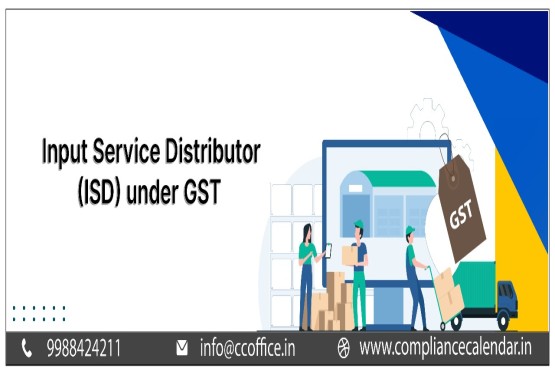








_learn_crop10_thumb.jpg)








_Filing_Due_Dates_for_FY_2024-25_learn_crop10_thumb.jpeg)
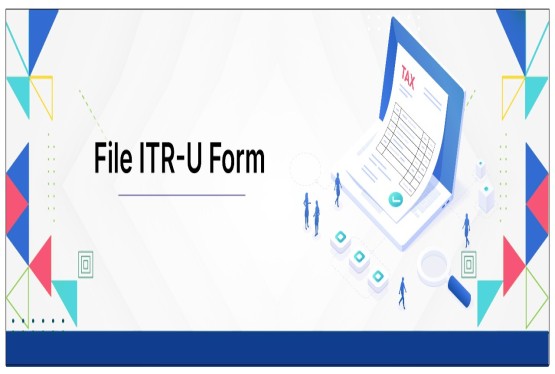

























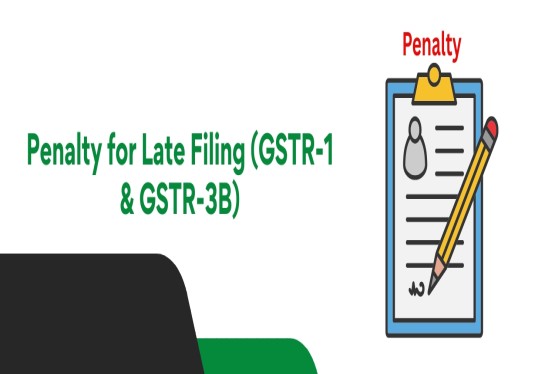












_of_GST_Act_learn_crop10_thumb.jpg)










_Under_GST_learn_crop10_thumb.jpg)









_crop10_thumb.jpg)


_crop10_thumb.jpg)






_learn_crop10_thumb.jpg)






















_of_the_Income_Tax_Act_learn_crop10_thumb.jpg)



_learn_crop10_thumb.jpg)
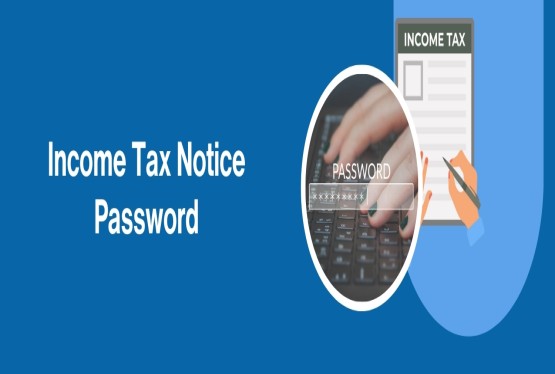





_learn_crop10_thumb.jpg)






_crop10_thumb.jpg)




















_in_The_Income_Tax_Act,_1961_learn_crop10_thumb.jpg)



_learn_crop10_thumb.jpg)



_of_the_Income_Tax_Act_learn_crop10_thumb.jpg)


_Of_Income_Tax_Act_learn_crop10_thumb.jpg)








_learn_crop10_thumb.jpg)








_learn_crop10_thumb.jpg)
_crop10_thumb.jpg)






















_learn_crop10_thumb.jpg)
_for_Import_and_Export_learn_crop10_thumb.jpg)










